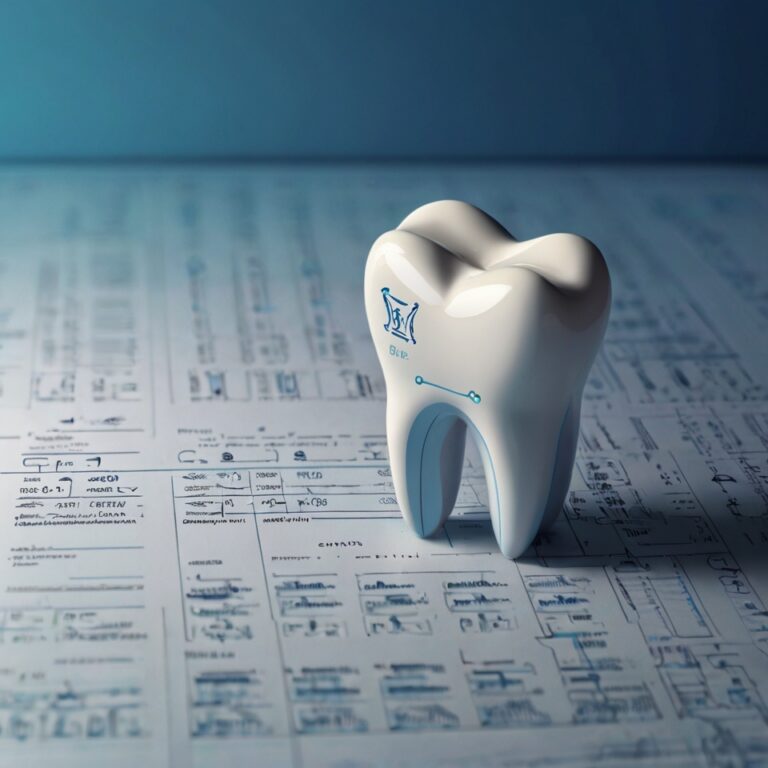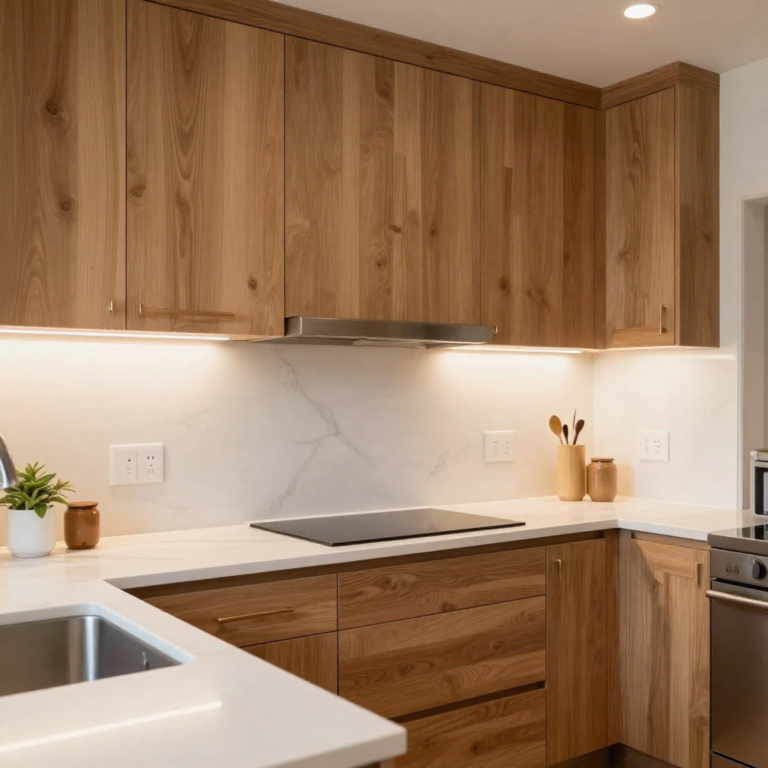Wood borers, including beetles like powderpost beetles, deathwatch beetles, and common furniture beetles, are silent destroyers that can compromise the integrity of wooden structures, furniture, and flooring. While most people think of termites when they consider wood-eating pests, wood borers are equally damaging—and often harder to detect. One of the most overlooked yet crucial factors that attract these pests is excess moisture and mold. Understanding how these elements create an inviting environment for wood borers can help homeowners and property managers take preventive action and avoid expensive repairs.
The Role of Moisture in Wood Infestations
Moisture is a leading factor in wood borer infestations. Most species of wood-boring insects prefer damp, untreated, or decaying wood. Moisture softens wood fibers, making it easier for insects to chew through and lay their eggs. Once the larvae hatch, they feed on the cellulose in the wood for months—or even years—before emerging as adults, creating exit holes that weaken the structure.
Damp wood has a higher water content, which promotes microbial growth and accelerates decomposition. As wood begins to break down, it becomes more vulnerable to infestation. This is especially true in environments such as:
-
Basements
-
Attics with poor ventilation
-
Crawl spaces
-
Leaky roofs and plumbing areas
-
Poorly ventilated bathrooms or kitchens
Even wood that appears structurally sound on the outside may be slowly decaying from within due to excess moisture, making it a prime target for infestation.
Mold: A Silent Attractor
Mold and fungal growth are common in moist environments and go hand-in-hand with wood deterioration. When mold grows on wood, it not only stains the surface but also weakens the structure by consuming organic compounds. This fungal breakdown of wood can attract wood borers because it indicates a favorable habitat—one where the wood is soft, decayed, and easier to penetrate.
Certain beetle species, like the deathwatch beetle, are especially drawn to wood with fungal decay. Their larvae thrive in timber already weakened by mold, where they can tunnel more easily and digest the material with the help of microorganisms. Mold also changes the scent profile of wood, releasing volatile organic compounds (VOCs) that signal to wood borers that the material is ripe for infestation.
Why Moist Wood Is Ideal for Laying Eggs
Wood-boring insects choose where to lay their eggs very carefully. Moist, mold-affected wood not only offers the right texture and temperature for egg deposition but also provides the perfect food source for emerging larvae. In dry wood, larvae may not survive or grow slowly due to the hard structure and lack of microbial help in digesting the fibers.Visit Online shashel for More details.
Furthermore, moisture supports microbial activity within the wood, including beneficial fungi and bacteria that larvae rely on for digestion. Without this natural ecosystem, the wood might be too hard or nutrient-deficient for larvae to survive.
Environmental Conditions That Increase Risk
The risk of a moisture- and mold-induced wood borer infestation increases significantly in certain environmental conditions. These include:
-
High humidity levels (above 60%)
-
Poor insulation and air circulation
-
Flood or water damage
-
Condensation buildup on windows and walls
-
Long periods of rainfall or damp weather
Homes in coastal or tropical regions are especially susceptible due to naturally high humidity. However, even homes in temperate climates can experience problems if internal ventilation is poor or maintenance is neglected.
Preventive Steps to Keep Wood Borers Away
To protect wood from infestation, it’s essential to control both moisture and mold. Here are some key prevention strategies:
-
Fix leaks immediately – Whether from roofs, pipes, or appliances, water leaks should be addressed quickly to prevent wood saturation.
-
Improve ventilation – Use dehumidifiers in damp areas and ensure adequate airflow in attics, basements, and crawl spaces.
-
Seal wood surfaces – Apply protective coatings, varnishes, or insect-repelling oils to exposed wood to make it less attractive to borers.
-
Monitor humidity levels – Keep indoor humidity below 50% using exhaust fans, air conditioners, or moisture absorbers.
-
Regular inspections – Conduct periodic checks for signs of moisture, mold, or exit holes from wood-boring insects.
-
Remove mold promptly – Clean and treat any signs of mold using appropriate antifungal solutions to stop its spread and eliminate the associated scent profile that attracts insects.
Conclusion
Moisture and mold aren’t just cosmetic or structural issues—they’re powerful attractants for wood borers. By creating the perfect environment for egg-laying and larval development, these two elements open the door to long-term infestations that may go unnoticed until serious damage has occurred. Controlling moisture and preventing mold growth is essential in defending your home or property from the silent destruction of wood-boring insects.


